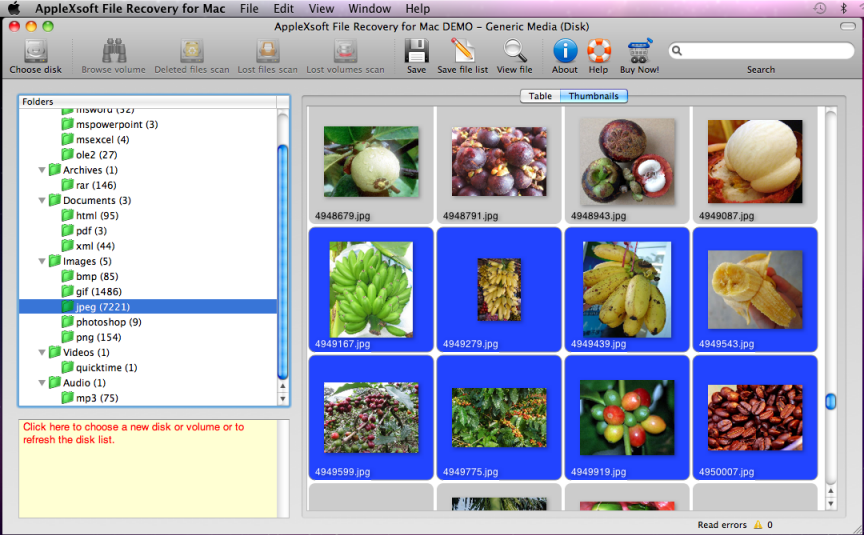

One of Apple's more recent security features is called Full Disk Access, introduced with macOS 10.14 Mojave. And you don't have to know how to write a script, use the command line, or even understand how the vacuum tool works.Īpple has been improving the security of macOS every year. But thanks to the wonder of Automator, an app that ships with your Mac, you can create a simple three-step script that will run the vacuum tool.

Searching the App Store for “password protect folders” can help you find a variety of apps that help secure folders and files.Normally, the vacuum command is accessible only through the Mac's command-line interface using an app such as Terminal. One example is Encrypto, which allows you to password protect your folders. Make sure to download them from the App Store so that they are vetted by Apple for security. Password Protecting a Folder Without Disk Utilityįor more ease of use, there are also third-party apps that allow you to encrypt your files. If you don’t select this option, all the content in the folder will be locked from changes. This allows you to add and update files after you have set the password. Under Image Format, you can select read/write from the menu.You can now rename the folder, if you wish.Enter your password in both fields to set and verify.Select 128-bit for the faster option and 256-bit for the even more secure option. You can select between the 128-bit or the 256-bit option in the field next to Encryption.Select the folder and then hit Choose on the bottom right of the screen. You can now select the folder you want protected from a list of your current folders.Select File in the top left of the screen.Using Disk Utility to Password Protect a Folder Password Protecting a Folder Without Disk Utility.Using Disk Utility to Password Protect a Folder.


 0 kommentar(er)
0 kommentar(er)
